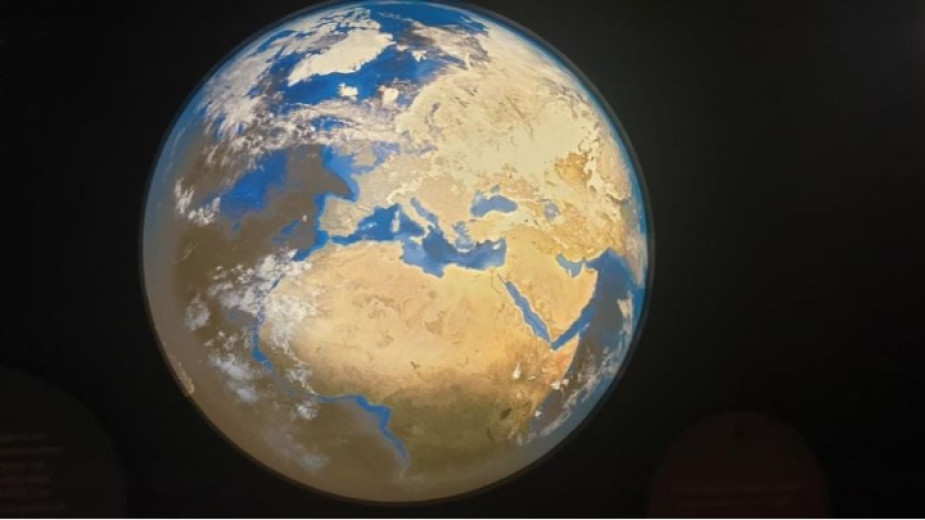 4
4
The National Ethnographic Museum at the Bulgarian Academy of Sciences presents its new exhibition "Starry Sky – Mythology and Science", which covers knowledge of Space from antiquity to the present day and examines mythology, ancient beliefs and the deep knowledge of the celestial bodies of Bulgarian medieval writers, in order to reach the innovations of modern Bulgarian scientists, who are little known to the general audience, but contribute to the development of astronomy on a global scale even today.

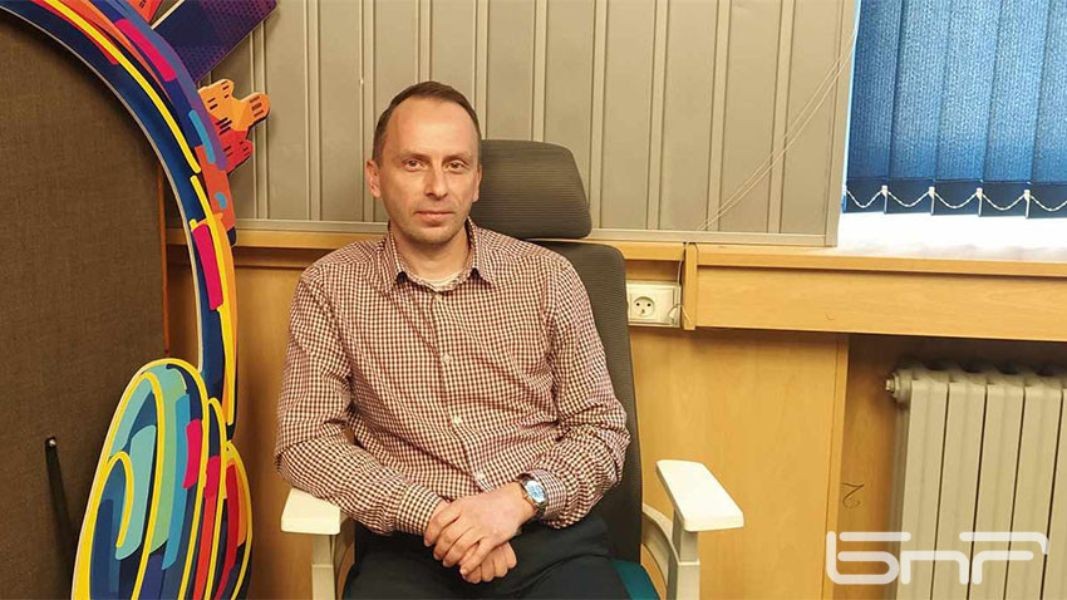
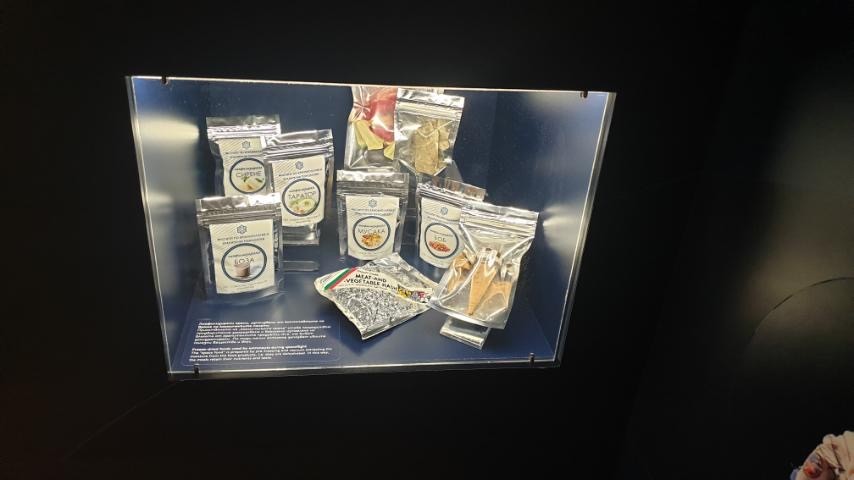
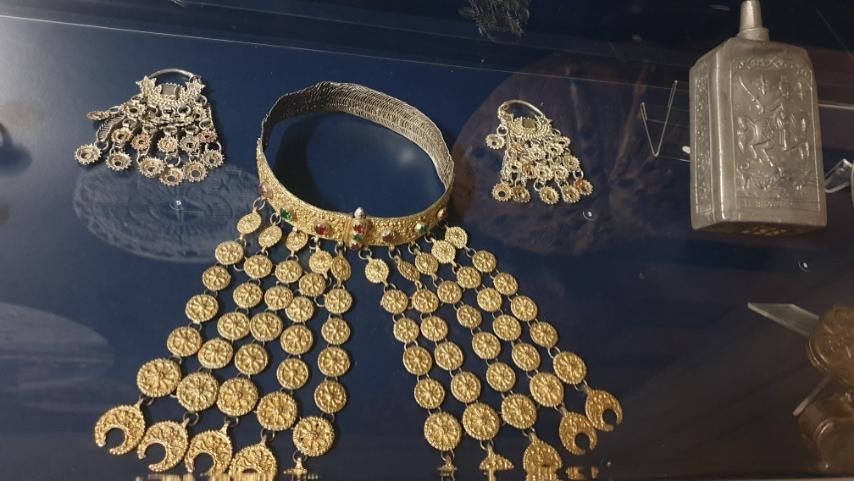
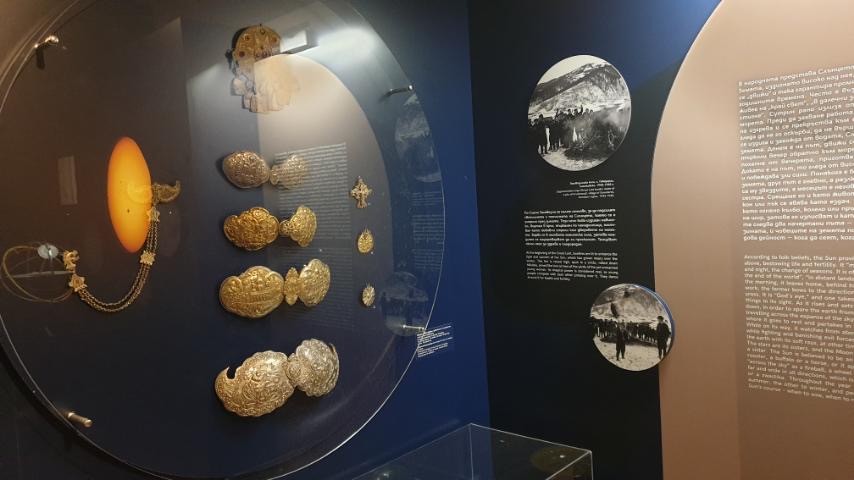
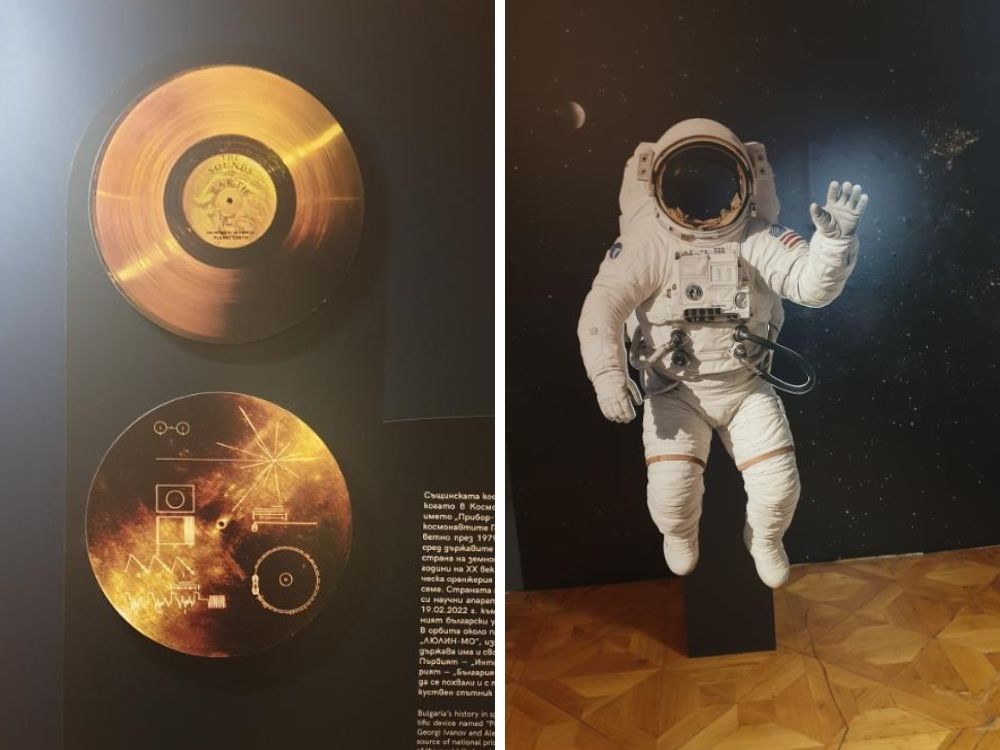
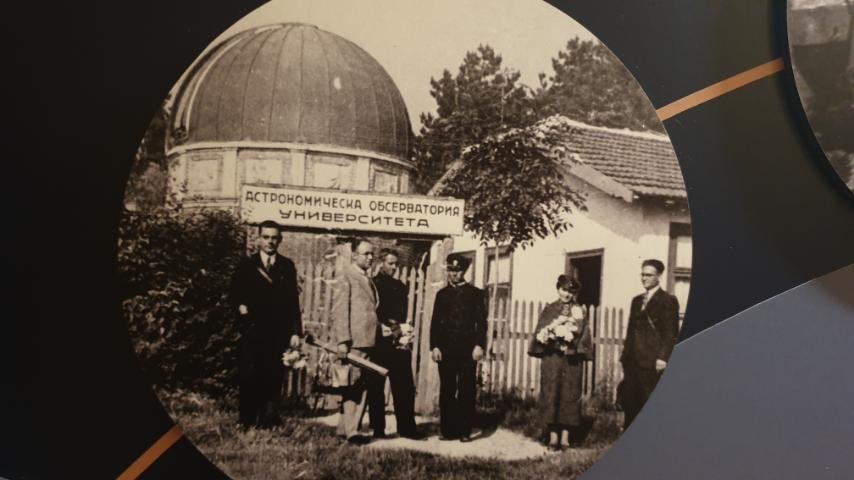




Bulgarians are among the few peoples in the world with a holiday dedicated to spirituality—the National Awakeners' Day. We celebrate it every year on November 1 to honor those who awakened the nation to freedom, knowledge and dignity during the dark..
St. Demetrius Day – October 26, is celebrated throughout Bulgaria, and his relics, kept in Thessaloniki, are a constant object of veneration by Bulgarians who often travel to Northern Greece. In the folk calendar, St...
The Anthem of Independence was performed for the first time on September 22, 1908, in the Black Sea city of Burgas. The author of the melody and lyrics—military bandmaster Georgi Shagunov—noted on the title page of the score that the anthem was..

+359 2 9336 661
